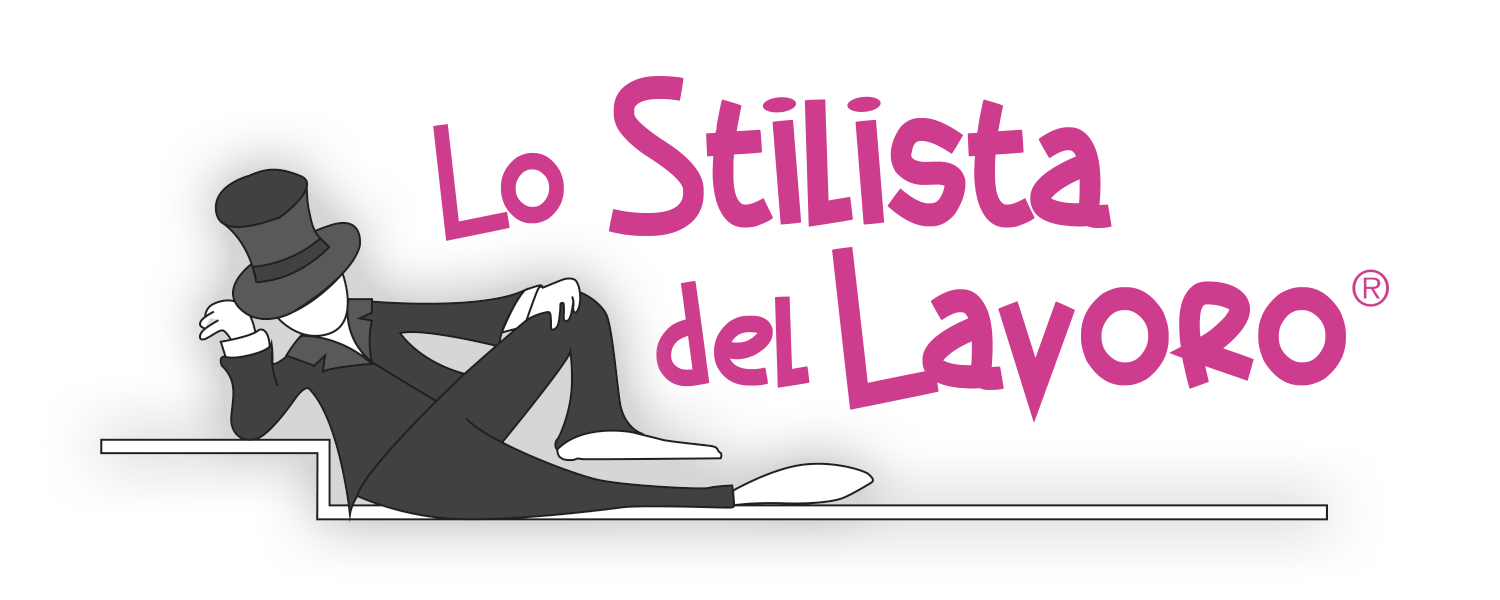Content
The support from aftercare programs, such as a sober living house, will help you or your loved one overcome the negative thoughts, feelings, and desires that can lead to relapse. A sober living program provides a safe environment where residents learn to cope with real-world situations. Living a life free from drugs and alcohol can be challenging, especially if you feel that you’re doing it alone. For many people transitioning from an addiction treatment program to their day-to-day life, the difficulties of getting back to where they once were can be overwhelming. However, when you enroll in a sober living program, such as the one at Sanford Behavioral Health, you aren’t alone as you face this new obstacle.
However, this is dependent on the type of substance use disorder at hand, and NIDA also recommends longer treatment for seeing lasting positive results. The basic idea is that you shouldn’t try to get out of treatment as quickly as you can; you’re not going to see those positive outcomes if you don’t stay in treatment long enough for your specific needs. Residents in halfway houses are often expected to have finished or be currently engaged in a formal rehabilitation program. Residents can get care and support from sober living, but only to a certain extent. Sober living sometimes lacks the resources individuals leaving treatment need to sustain their recovery. Some sober living homes are also administered by peers, occasionally allowing too much freedom and lesser accountability.
How do I Choose the Right Sober Living Home?
Often, addiction treatment conquers the initial addiction, but without sober living to transition back into life, bad habits and routines too easily reemerge. Sober living offers a support net to fully shape your sober house new life in recovery with other people who are facing the same difficulties. You’ll gain a strong support network and community to help you handle triggers, navigate difficult days, and continue moving forward.

It’s during the first month that the “fog” of alcohol and substance abuse begins to lift. Most residents see a general lift in mood, optimism, and begin to see the benefits of the program. Many of us in early recovery often experience “cloud nine” or what some call the “pink cloud effect” where life feels grand, a sort of ‘high on sobriety’ feeling if you will. Sober living houses (also called halfway houses or recovery houses) refer to group residences for people recovering from addiction. Think of sober living as your support net as you practice new skills, gain new insight and shape your new life in recovery with other people who are possibly facing the same challenges.
Should You Go to a Sober Living House?
This type of “giving back” is consistent with a principle of recovery in 12-step groups. Some are on the campus where drug and alcohol addiction treatment is provided, and others are independent homes, apartments or condos. The number of residents depends on the size of the home or licensed beds in a facility.
SLH rules prevent engaging or substituting addictions, and help build healthy life habits. Residents must continue to follow the rules through their entire stay. During that time, our clients are engaging in recovery and participating in daily community groups, individual counseling, and working while living in the recovery residence. Due to how sober living homes and halfway houses are funded, their quality of recovery services, access to addiction professionals, amenities, and general accommodations differ greatly. To have the best chance for effectively recovering from addiction or substance abuse and remaining sober long-term, individuals should look for drug-free, stable housing that will support their recovery.
Rules & Regulations of a Sober Living House
Each program will have a different policy when it comes to length of stay. Some will allow you to stay for as long as you’d like, as long as you’re following the rules. Structured sober living cost varies based on where they are located and whether they offer meals and other services. Sober living houses typically cost less than conventional treatment centers or inpatient programs.
- Although criminal justice referred residents had alcohol and drug use outcomes that were similar to other residents, they had a harder time finding and keeping work and had higher rearrest rates.
- You’ll improve your chances to avoiding relapse, gain peer support in your recovery, and be held accountable for your choices and actions.
- Structured sober living homes also allow individuals to re-program and prepare for a more wholesome and healthier daily routine.
- BRC Healthcare’s men’s and women’s sober living residences bridge the critical gap between structured primary recovery and society.
- We’ll go over the different types of people who typically benefit from a sober living situation or substance abuse halfway house in a later section.
- Interviews will elicit their knowledge about addiction, recovery, and community based recovery houses such as SLHs.
